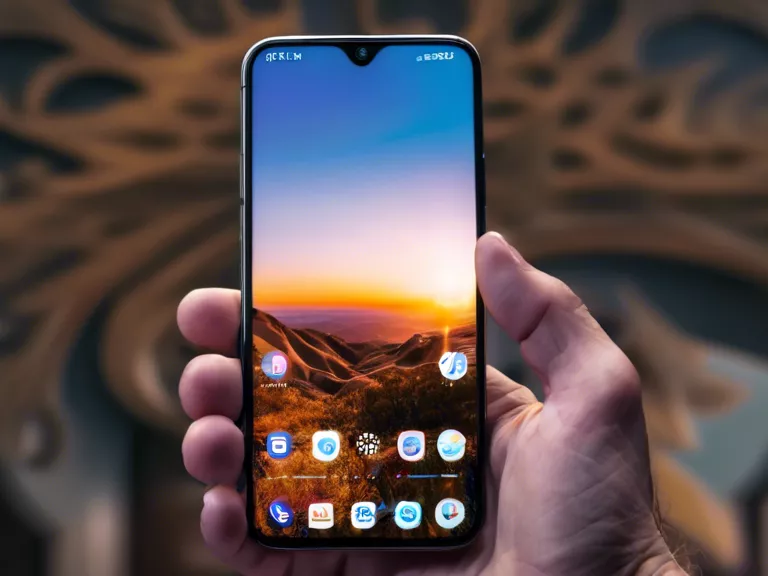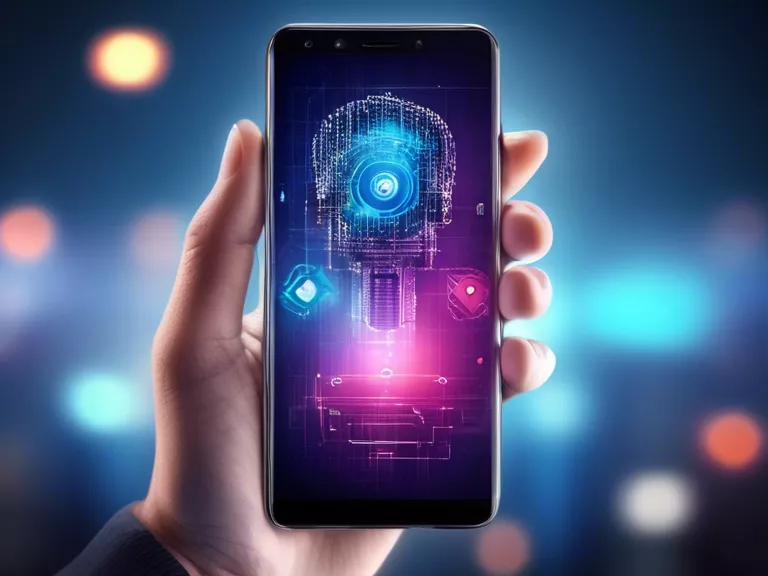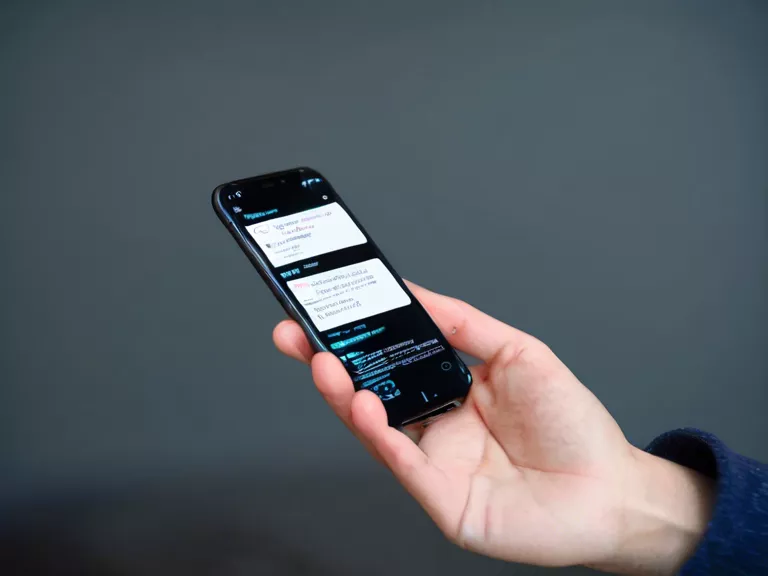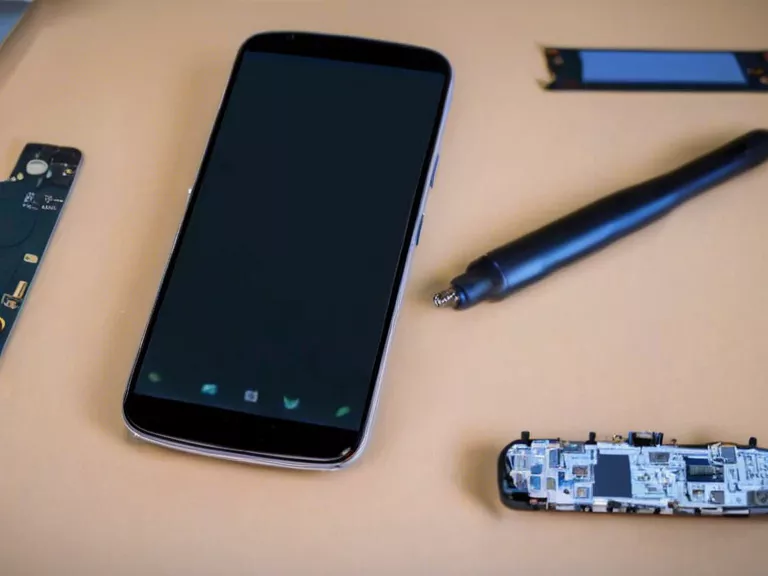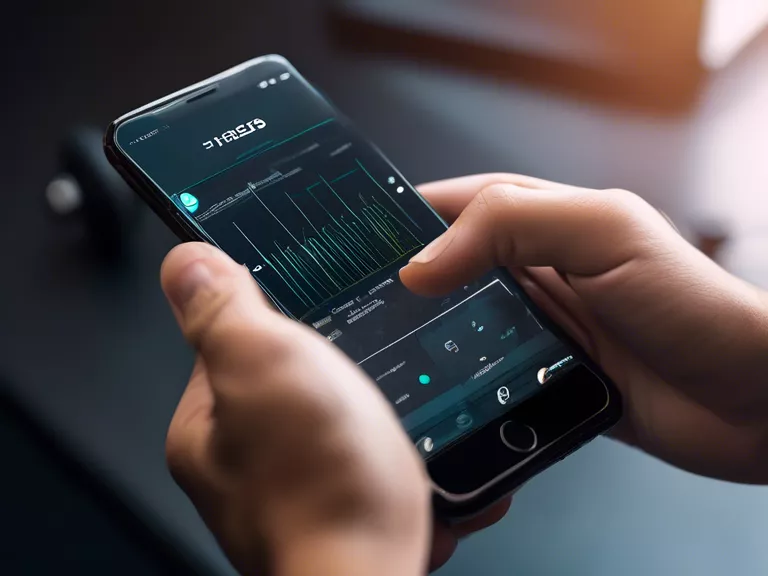
In today's digital age, smartphones are equipped with a multitude of sensors that can be utilized for innovative health and fitness applications. From tracking physical activity to monitoring vital signs, these sensors provide valuable data that can help individuals lead healthier lifestyles. In this article, we will explore how smartphone sensors can be leveraged to create cutting-edge health and fitness solutions.
One of the most common sensors found in smartphones is the accelerometer, which measures the device's orientation and movement. This sensor can be used to track steps, distance traveled, and calories burned, making it ideal for fitness tracking apps. By analyzing the data collected from the accelerometer, users can better understand their activity levels and set achievable fitness goals.
Another important sensor is the heart rate monitor, which uses photoplethysmography (PPG) technology to measure the user's heart rate. This sensor is commonly found in newer smartphones and can be used to track exercise intensity, monitor stress levels, and even detect irregular heart rhythms. By incorporating this data into health and fitness apps, users can gain valuable insights into their cardiovascular health.
In addition to the accelerometer and heart rate monitor, smartphones also come equipped with GPS sensors that can track outdoor activities such as running, cycling, and hiking. By combining GPS data with other sensor information, users can create detailed workout summaries, map their routes, and even compete with friends in virtual challenges. This gamification of fitness can be a powerful motivator for those looking to stay active.
Furthermore, smartphones can also utilize sensors like gyroscope, barometer, and ambient light sensor to enhance health and fitness applications. The gyroscope can be used for tracking movements in activities like yoga and weightlifting, while the barometer can measure altitude changes during hiking or climbing. The ambient light sensor can adjust screen brightness based on outdoor lighting conditions, making it easier to read workout instructions or track progress during outdoor workouts.
In conclusion, smartphone sensors offer endless possibilities for developing innovative health and fitness applications. By harnessing the power of these sensors, developers can create personalized experiences that help users achieve their wellness goals. Whether it's tracking physical activity, monitoring vital signs, or mapping outdoor adventures, smartphone sensors can revolutionize the way we approach health and fitness.
